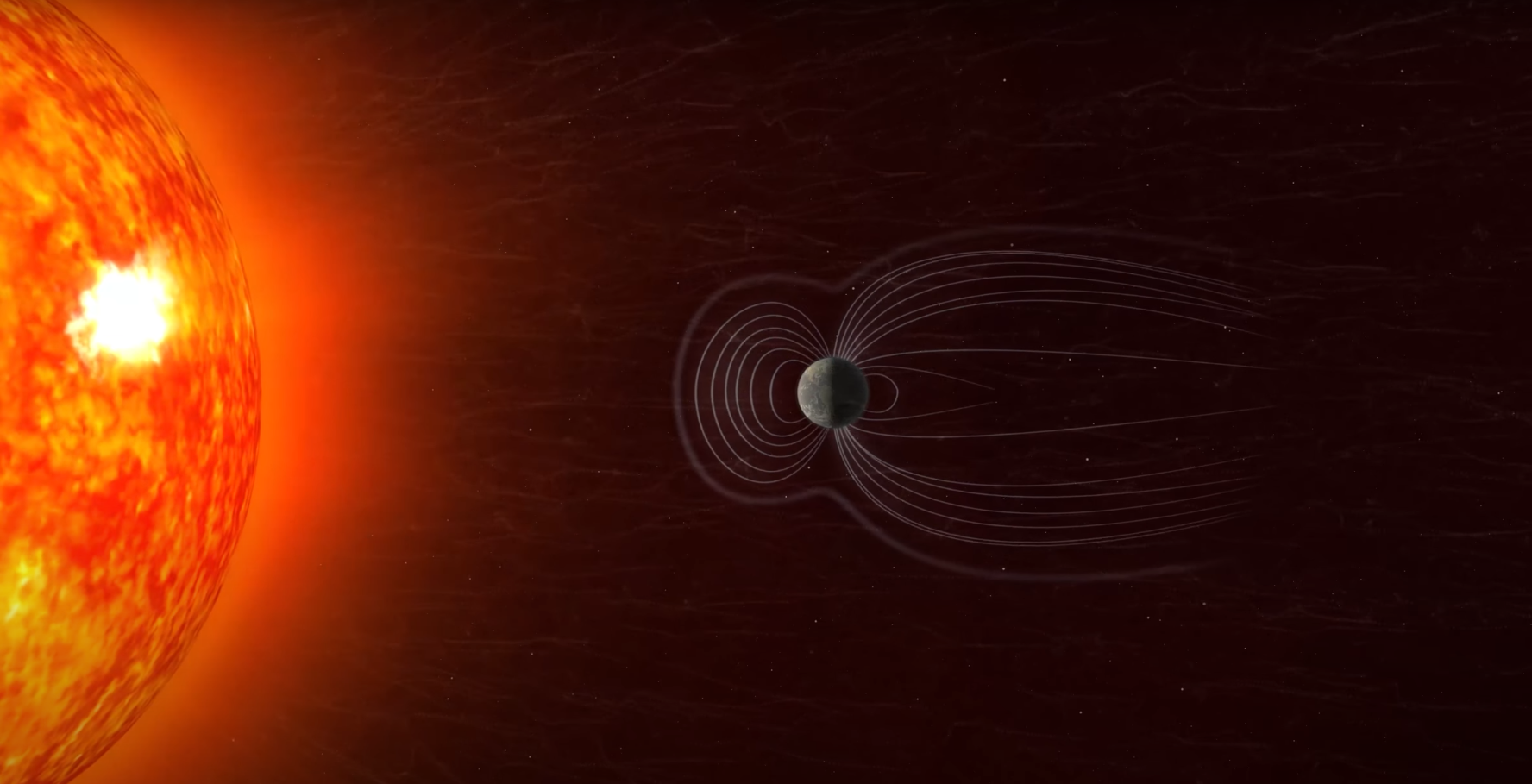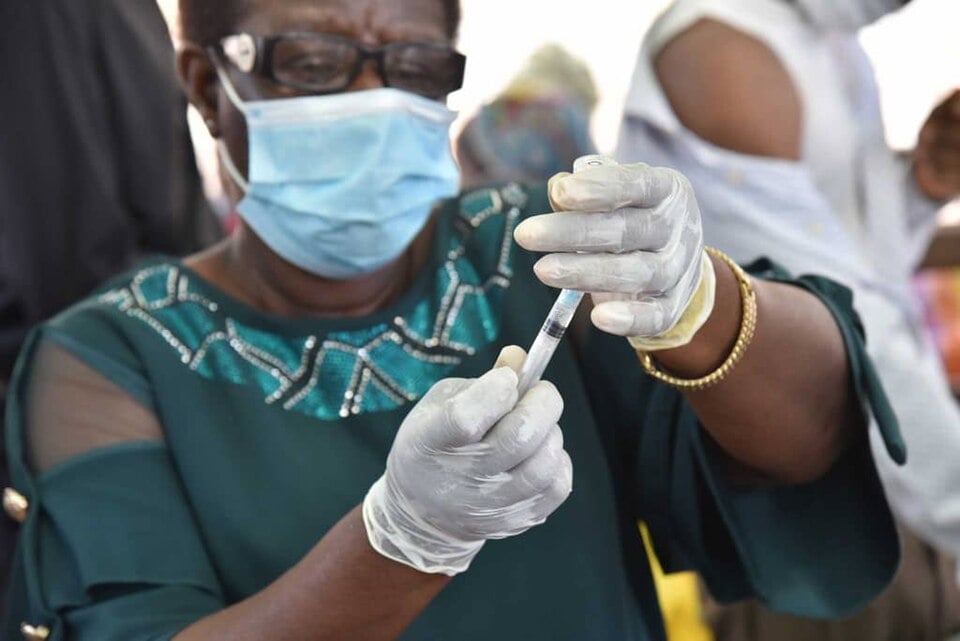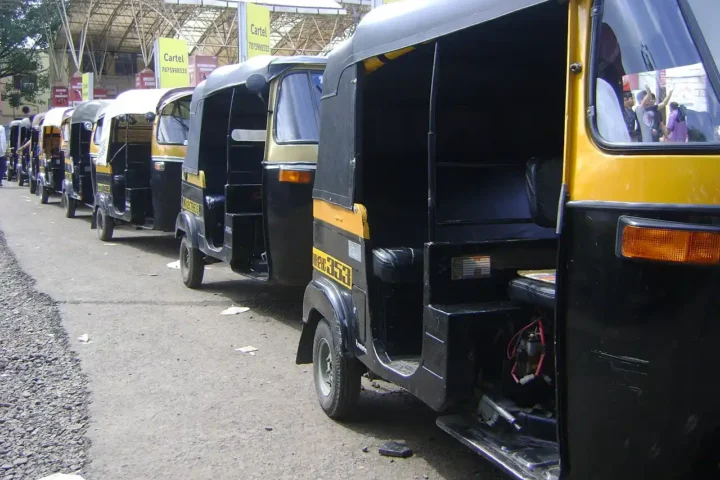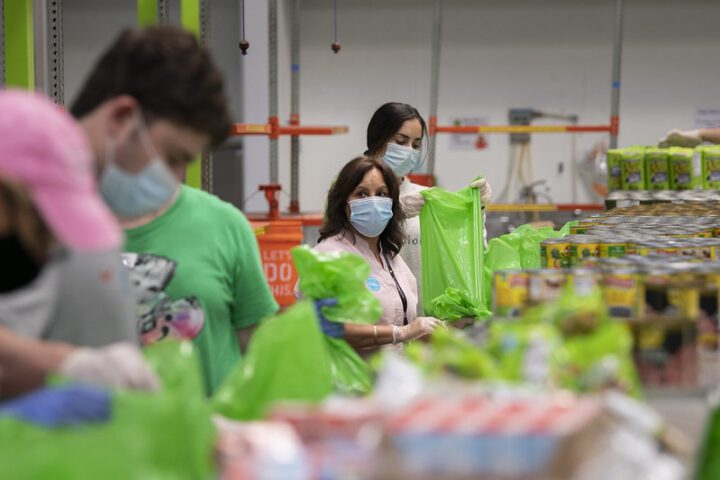NASA’s Parker Solar Probe has sent back the most detailed images ever taken of the Sun, captured just 3.8 million miles from its surface during a historic flyby on December 24, 2024. At this distance, the spacecraft raced through the solar atmosphere at an astonishing 430,000 miles per hour – making it the fastest human-made object in history.
“We are witnessing where space weather threats to Earth begin, with our eyes, not just with models,” said Nicky Fox, Associate Administrator at NASA Headquarters. This achievement marks a major shift from relying on theoretical predictions to having actual visual evidence of solar activity.
NASA confirmed the mission’s success when they received a beacon signal on December 26, showing the spacecraft had survived its journey through the Sun’s outer atmosphere, called the corona. This milestone came after years of careful planning. Since its 2018 launch, Parker has used seven Venus flybys to gradually tighten its orbit, with the final Venus approach on November 6, 2024.
The secret to Parker’s survival is its remarkable heat shield – a 4.5-inch-thick carbon-composite barrier that protects the sensitive instruments from temperatures reaching 1,800 degrees Fahrenheit while keeping the equipment at room temperature behind it.
Similar Posts
The images from Parker’s Wide-Field Imager for Solar Probe (WISPR) reveal never-before-seen details of solar phenomena. For the first time, scientists can watch in high resolution as massive eruptions from the Sun, called coronal mass ejections (CMEs), collide with each other.
“We’re watching CMEs pile up on each other,” explained Angelos Vourlidas, WISPR instrument scientist at Johns Hopkins Applied Physics Laboratory. “This helps us learn how they merge and how that affects space weather.”
These observations matter for everyday life. When these solar eruptions collide, they can change direction unpredictably and become more powerful, potentially disrupting satellites, communications systems, power grids, and even endangering astronauts in space.
The probe has revealed several key scientific discoveries. It captured the first direct visual evidence of Kelvin-Helmholtz instabilities – turbulent wave-like patterns within solar eruptions that scientists had theorized but never directly observed this close to the Sun. The probe also found evidence of a “helicity barrier” in the Sun’s atmosphere that helps explain why solar wind particles behave differently than expected.
Another important finding involves how magnetic fields near the Sun’s surface can merge and accelerate particles to much higher energies than previously understood. This helps explain the dangerous high-energy particles that sometimes reach Earth during solar storms.
The spacecraft will make its next close passes to the Sun on March 22 and June 19, 2025. NASA plans to review the mission in 2026 to determine future operations, as the probe remains in excellent condition.
“Parker Solar Probe has once again transported us into the dynamic atmosphere of our closest star,” Fox noted. The data collected is already improving our ability to forecast space weather – crucial for protecting the technology we depend on daily.
By studying the birth of solar wind and eruptions at their source, Parker isn’t just helping us understand our Sun – it’s providing insights that could help identify habitable worlds around other stars throughout the universe.



















